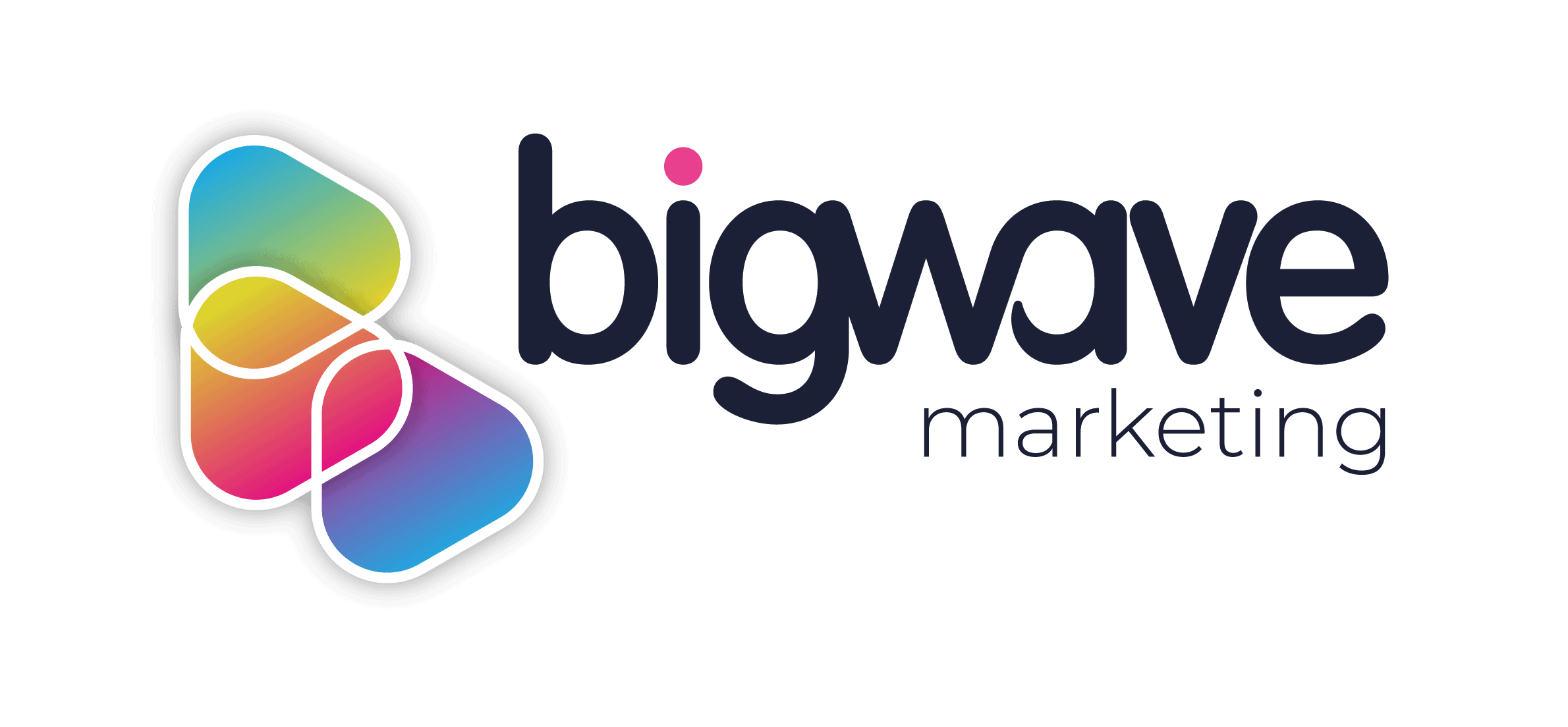In 2023 it may seem like email marketing might be decreasing in value, however, that couldn’t be more wrong. Email marketing remains the top way for businesses to engage with their customer base from a conversion standpoint.
Unlike other forms of marketing such as PPC or social media, email marketing is targeting customers or businesses that you know already have an interest in what you or your business has to offer, you have key data on them, which can make it easier to market to them.
That being said, email marketing still requires a touch of that strategic marketing magic to get your email database to engage in your emails and eventually convert into a paying customer. We have all received those spammy sales emails that go straight into the trash folder without a second glance.
By utilising the following guide you can increase the chance of your email being opened and your calls to action being engaged with.
What Is Email Engagement
Email engagement can mean various things from marketer to marketer, so firstly let’s clarify what WE mean when we talk about email engagement. We are refereeing to the trackable metrics linked with email marketing:
- Email open rate: The percentage of individuals on your marketing list who open the email.
- Click-through rate: The percentage of people who clicked at least one link within the email.
- Conversion rate: The percentage of email subscribers who complete result actions such as purchasing a product or downloading a PDF after clicking through from an email.
However, it is worth noting that these metrics are not always accurate due to the introduction of privacy settings and spam filters such as the one put in place by Apple.
What To Expect From Email Engagement Rates
When you look at these metrics, don’t be disheartened by lower percentages. The average open rate of marketing emails across industries is approximately 21.33% because most people delete most marketing messages without ever opening them.
Regardless of this, as we said, email remains one of the number one ways for businesses to engage with their customer base, and finding the right strategy and optimising your emails to your audience will help to improve your engagement rates.
This brings us to our first point.
Create an Email Marketing Plan Tailored To Your Customer
A one-sized fits all approach to email marking will no longer cut it in today’s climate. People like to feel valued and appreciated, and that is no different when it comes to marketing.
Email Database Segmentation
One of the first steps to increasing your email engagement is to segment your database. This means separating your database into small email lists based on various factors and criteria. This could be gender, age, or location; however, this could also refer to more specific criteria such as preferences, online behaviour, or existing assets. According to one study segmented email campaigns showed higher email engagement rates:
- 14% higher open rates
- 101% more clicks
Relevant Email Content
The second part of tailoring your email marketing to your customer base is ensuring your content is relevant. Promoting products or sending specialised offers to the individuals on your database who would be interested in them is a surefire way to increase your email engagement.
Create Sublime Subject Lines
Once you know who you are emailing and the topic of said to email it is time to grab their attention with an engaging subject line to encourage them to open the email. The best subject lines are the ones that are short, clear and give just enough information to get the reader to open the email for more information. A good subject line should do one of the following:
- Use personalisation where possible.
- Create a sense of urgency.
- Generate FOMO (The fear of missing out.)
- Address a customer pain point.
- If appropriate use humour and don’t be afraid to be fun – you could add emoji!
When crafting your subject line, try to avoid:
- Using capitalisation or multiple exclamation marks.
- If possible, avoid the overuse of spam sales jargon such as sale, deal and must buy.
Think about what would entice you to open a sales email and try to emulate that.
Optimise the Preview Text
Once you have written your email subject line it is important not to neglect the preview text. These will be the next words they will read and can be the difference between them opening your email and sending it to the trash. Use this to give the reader a taste of what is contained within the email with a little using more information that the subject line. This could be details of the offer or a very brief description of the product promotion.
The Importance of Clear Email Marketing CTAs
It is vital you consider the result you want to achieve from the email you are sending. Do you want them to engage on your social media? Are you promoting an offer on your website? Collecting more customer data? Whatever you goal of your email is, make sure that your call to action clearly reflects that.
Ensure your CTA is clear and easy to follow, with actional language. The most popular way to present a CTA is a bold stand-out button that should sit central and near the top of the email. You can also experiment with different types of CTAs, try different methods on emails and track the engagements of these CTAs to determine the most interacted methods from your customer base.
Personalisation
It is no secret that personalisation Is a leading driver in whether the receiver will open and read an email or not. Every brand and company is embedding the addition of the recipient’s name and other basic informational data, so that won’t help you stand out.
So, what else could make a dynamic, personalised email experience? This is where you can utilise more in-depth data such as purchase and browsing history to tailor the recipient to personal preferences. For example; offering them a limited-time discount on a product that they have previously had in their checkout basket or a service landing page they have viewed.
This in-depth content personalisation goes hand in hand with your email data-based segmentation, and by incorporating both these concepts into your email marketing plan you can increase your chances of engagement dramatically!
Email Marketing Tone of Voice
When you are drafting the copy for your emails, your tone of voice should be a friendly and informal version of your brand’s tone of voice. As with personalisation, readers respond well to a more casual tone to email marketing.
Furthermore, when writing non-service or non-product-based emails, incorporate a flare of storytelling. If you are updating your database on the latest news in your organisation or you are providing further information on your brand, writing it in a captivating way can help your reader to stay interested in the information and invest in your organisation or business.
Eye-catching Infographics and Design
Since the development of social media in the last 10-15 years, imagery in marketing has become even more crucial. People are no longer interested in digesting reams of text to discover offers or brand information. Imagery with minimal text is now the more successful form of delivering information.
It is always a good idea to place an eye-catching infographic highlighting the content of your marketing email to draw the recipient in. Once you have their attention they will then dive into the text and engage with your CTA and hopefully convert into a paying customer.
Videos In Email Marketing
If the subject of your marketing email deems it possible, why not go one step better than a graphic and embed a Video at the top of your email? The reader should not have to leave the email to watch it, and it should play automatically upon opening for the best results.
Ensure the email is designed for mobile too!
Most people today open and read their emails through their phones, in fact over half of the emails received today are opened on a mobile device. This is especially true for personal email accounts, which are often where your marketing emails will be sent to. Therefore, it is vital for the engagement rates that you design and craft your emails to be mobile user-friendly. You need to:
- Ensure your template is optimised for mobile.
- Use captivating imagery.
- Keep your text short and sweet.
Ensure you use paragraphing.
Send Your Marketing Emails at the Right Time
So, you have created an informed email plan, written a sublime subject line, crafted captivating copy and designed an eye-catching graphic. All of this will be redundant if you send the email at the wrong time.
Finding the right time will depend upon your audience. Most adults will check their emails in the morning and the evening, however, this could be different for your audience. The same goes for the day of the week you send your marketing emails. Some surveys suggest that mid-week is the best time to send a marketing email, but again this may be different for your audience.
Even though 58% of adults check their email first thing in the morning, you may find that your subscribers behave differently. You’ll want to experiment with sending your emails at different times of the day to see when you garner the most engagement.
Try sending your marketing emails at different times and on different days to figure out the right time of day, as well as the best days for your audience.
Ultimately, email marketing can be a little bit of trial and error as you discover what your customer base and email list respond well to. Trying a range of approaches and analysing the data is the best way to increase engagement in your email marketing and ultimately generate more conversions.
Bigwave can help you with every step of your email marketing journey, from campaign planning to design, copywriting, email list segmentation and sending.
From small businesses to large corporations, email marketing is an essential part of any company’s toolkit, and we can help you optimise the process and increase your engagement. Contact Bigwave today for more information.

